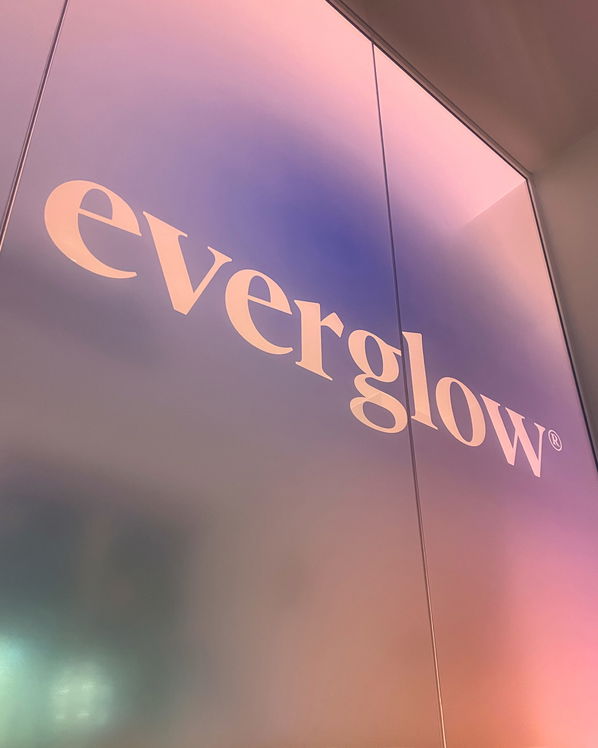When Boaty McBoatface made science go viral

When this was published, we were Blue Stag. Today we’re Everglow ✨ Read the rebrand story
The #NameOurShip campaign may have ended, but Boaty McBoatface is still making waves. What began as a call for the public to suggest names for a new polar research vessel quickly grew into one of the most memorable cultural moments of recent years.
Working with NERC, we set out to design a campaign that opened the doors a little wider than usual. The public were invited to suggest names for the ship, creating a moment where science felt open, democratic and fun. The hope was simple. If people felt part of the process, they would bring their own passion and humour to it, sparking conversations far beyond the usual science audience.
From naming campaign to global phenomenon
The response was instant. In the first eight hours alone, more than 14,000 names flooded in. By the end of three weeks there were over 30,000 submissions and 2.3 million page views. At its peak, the campaign was mentioned 23 million times, trended across the UK, USA and Australia, and reached 250 million people on social media.
Of course, it wasn’t a free-for-all. Every suggestion passed through a review system before appearing online, which turned out to be vital once the flood of names started rolling in.
The suggestions captured the internet at its most eclectic. Some were heartfelt tributes to explorers and cultural icons, others playful nods to pop culture, and plenty simply revelled in the kind of humour only the internet could deliver. The mix showed just how far the campaign had travelled, pulling in audiences from science, culture and everyday conversation.
Within days, Boaty McBoatface was everywhere. It appeared on The Late Show with Stephen Colbert, filled newspaper columns and even had brands from Iron Maiden to Google piling in. What started as a call for suggestions turned into a global talking point.
How Boaty took on a life of its own
Boaty did not stop at being a name on a website. Multiple Twitter accounts appeared, memes spread, petitions launched, and products from mugs to t-shirts cropped up overnight. When people feel like they are part of a story, they keep it alive long after the official campaign is over.
It also showed how quickly a story can take on a life of its own once the public and press get behind it. The campaign was always an invitation to suggest names, not a guaranteed vote, but the narrative grew faster and louder than anyone could have predicted.
In the end, NERC chose to name the vessel the RRS Sir David Attenborough, a tribute that could not be argued with. Boaty McBoatface was given to the ship’s submersible, ensuring the public’s favourite lived on in popular culture while also carrying out real science under the waves. A compromise that was both pragmatic and playful.
When humour makes people care
It would be easy to dismiss Boaty McBoatface as just another meme. In reality, it brought science into mainstream culture, sparking conversations among audiences who might never have engaged with polar research. It proved that serious subjects can sit comfortably alongside humour without losing credibility.
NERC themselves recognised this. Appearing before Parliament, their representatives described it as a successful public engagement exercise. What mattered most was not the final choice of name but the way the process made people feel connected to science.
What Boaty taught us
Boaty proved that opening decisions to the public is not something to fear but an opportunity to embrace. What looked unpredictable was in fact connection, with millions of people who had never given much thought to climate science suddenly feeling like they had a stake in it.
It also showed that humour does not cheapen serious work. If anything, it made it stick. People laughed, but they also shared, debated and remembered. A ship that might otherwise have been known only to scientists became a household name.
And the biggest lesson? Adaptability wins every time. By leaning into the public’s choice, NERC helped turn a playful suggestion into one of the most memorable campaigns of the decade. Naming the submersible Boaty McBoatface was an elegant compromise that kept the spirit of the people alive while staying true to the ship’s purpose.
The legacy of Boaty McBoatface
Boaty will be remembered as more than a meme. It will be remembered as one of the first viral campaigns to prove how creativity and openness can bring institutions closer to the public.
For us, it was also a reminder to never underestimate the internet’s ability to surprise you. We thought we’d see a few passionate suggestions, maybe an HMS ‘Beyoncé’ or two. What we got was a name that refused to be ignored, a global meme, and a masterclass in public engagement. It showed the value of mixing strategy, digital know-how and a little bravery to connect with audiences in meaningful ways. Because when you invite people in, you do more than capture attention. You create lasting impact.
The legacy of Boaty McBoatface
Boaty will be remembered as more than an internet meme. It will be remembered as one of the first viral campaigns to prove how creativity and openness can bring institutions closer to the public.
For us, it was also a reminder to never underestimate the internet’s ability to surprise you. We thought we’d see a few passionate suggestions, maybe an HMS Beyoncé or two. What we got was a name that refused to be ignored, a global meme, and a masterclass in public engagement.
It showed the value of mixing strategy, digital know-how and a little bravery to connect with audiences in meaningful ways. Because when you invite people in, you do more than capture attention. You create lasting impact.
Godspeed, Boaty. Godspeed.
You might also like...
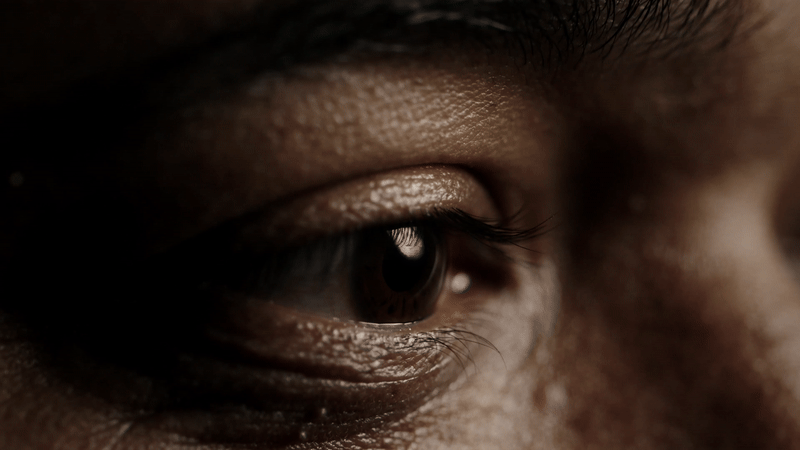
#NotTheOne – a campaign to educate young people about the impacts of knife crime
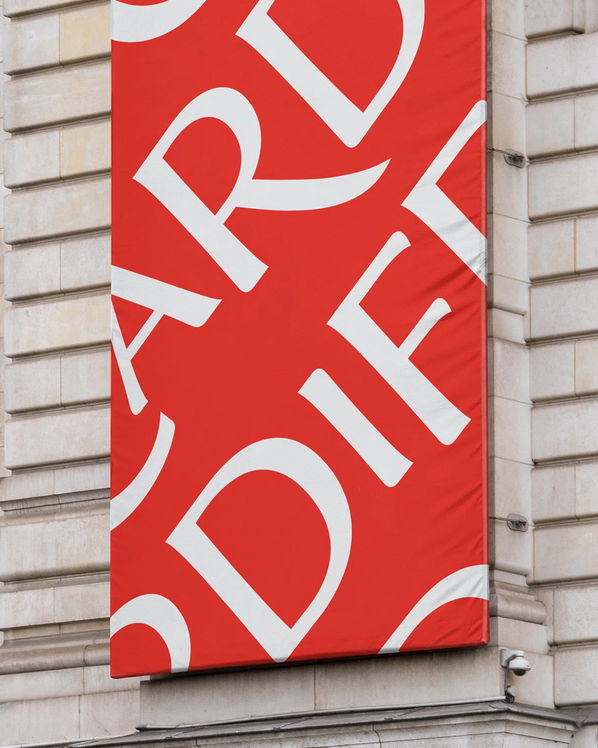
We’ve launched the Digital Marketing Programme with Cardiff University
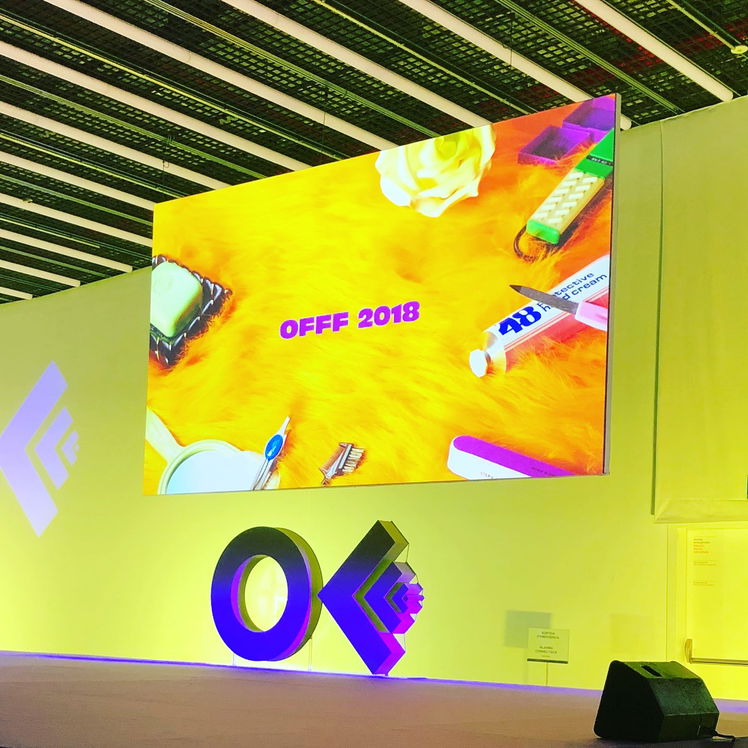
OFFF to Barcelona

Pontypool Rugby Club wins a Webby Honoree
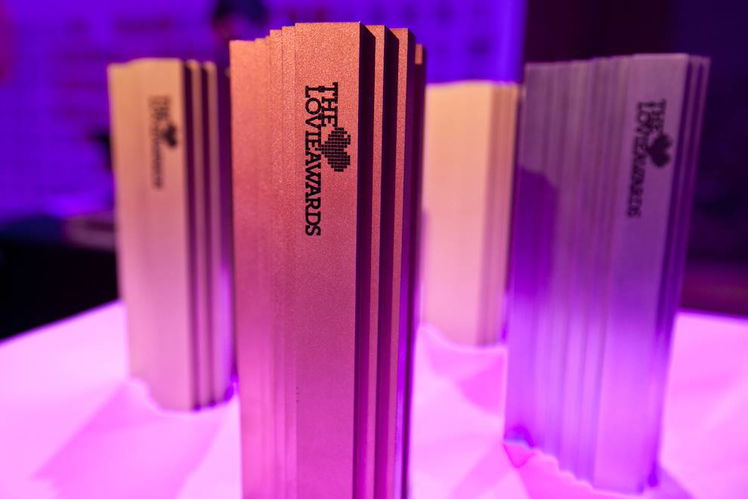
#NameOurShip picks up Silver at the Lovie Awards
